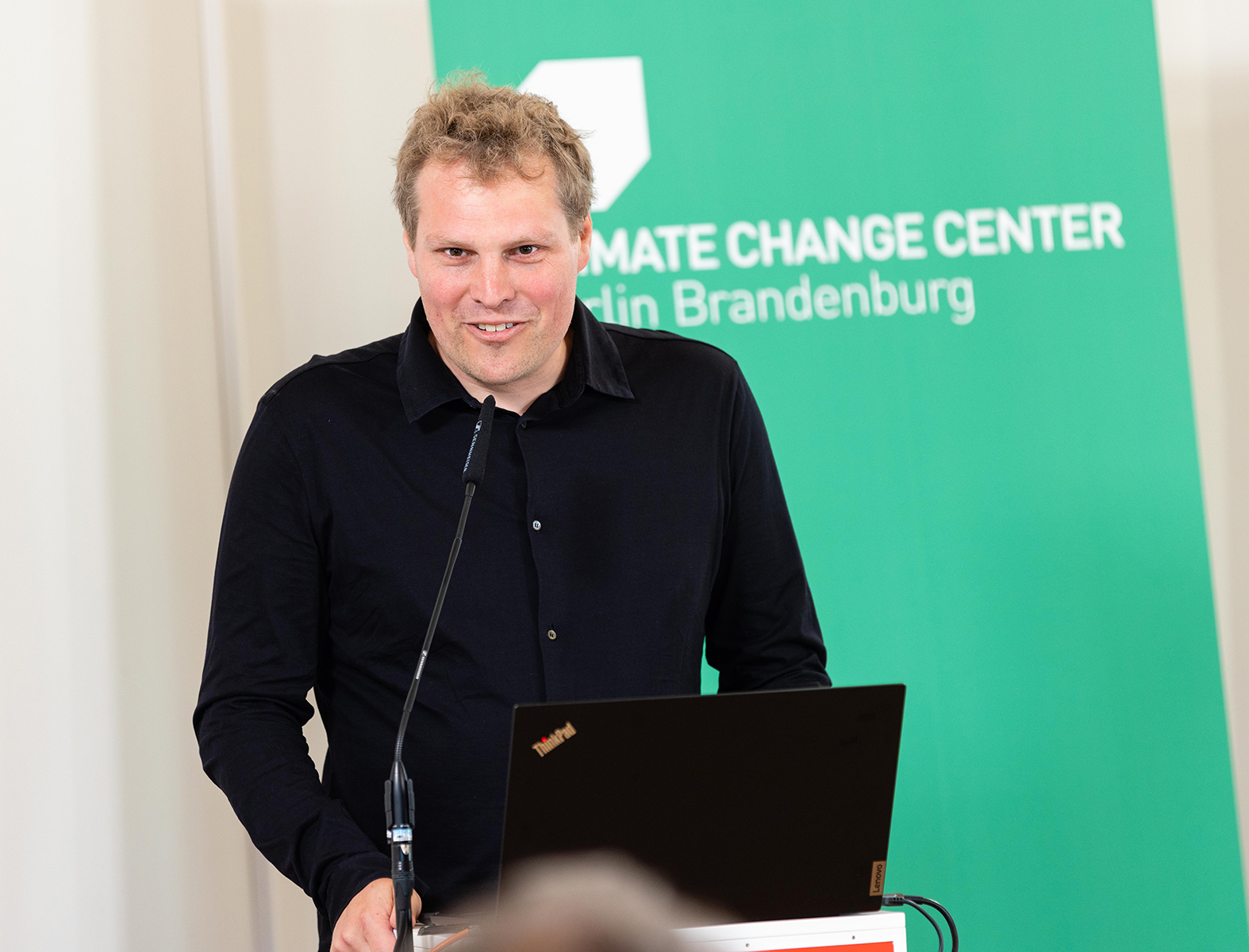#Buildings #Traffic #Infrastructure
07/23
Buildings and Transport Infrastructure Are the Main Source of Carbon Emissions
Published in: Nature Communications 14, Issue 3898 (2023)
Helmut Haberl, Markus Löw, Alejandro Perez-Laborda, Sarah Matej, Barbara Plank, Dominik Wiedenhofer, Felix Creutzig, Karl-Heinz Erb, Juan Antonio Duro
Mercator Research Institute on Global Commons and Climate Change, Technische Universität Berlin, Universität für Bodenkultur Vienna, Universitat Rovira i Virgili, Tarragona (Spain)
An empirical study of 113 countries shows that built-up areas and roads drive energy consumption and carbon emissions almost as much as the gross domestic product does. Measures to curb land use are therefore a central element of promising climate protection strategies.
The analysis shows that the scale and spatial patterns of built structures play an important role in a cross-national analysis as determinants of resource consumption, in this case energy use and carbon emissions per capita and year. This means that the findings from studies on cities in general also apply at the national level. The indicators also have considerable additional explanatory and predictive value compared to conventional factors; they can help to develop much stronger models for energy use and carbon emissions at national level than was previously possible. This will allow researchers to extend their scenario analysis and modelling capabilities to incorporate patterns of built structures as key drivers of the potential decoupling of energy use and emissions from GDP and societal well-being.
The study also shows that the scale and pattern of built structures strongly influence the differences between countries in terms of energy demand and carbon emissions, while population density plays a smaller role than previously assumed. The indicator with the strongest and most consistent predictive power across all analyses is the built-up land per capita.
These results confirm and build upon earlier analyses that used entirely different models, which did not capture spatial patterns, and focused mainly on temporal trends. This indicates that the challenges of mitigating climate change depend to a large degree on the extent of development and infrastructure.
Picture: Philipp Arnoldt

Our findings show that minimizing land use in urban and regional development is central for long-term climate targets.


